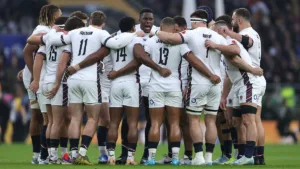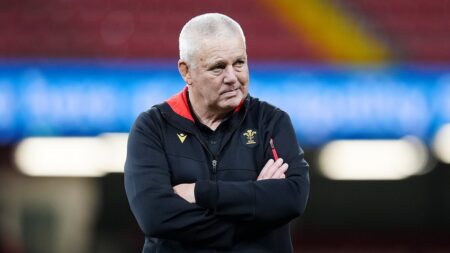Breakaway League Tempting World-Class Talent
In a move reminiscent of golf’s LIV controversy, a group of entrepreneurs is making waves to lure top international rugby stars to a breakaway league funded by American and Middle Eastern investors. The proposed globe-trotting competition, set to launch in 2026, has already piqued the interest of unsettled England players, some of whom reportedly discussed boycotting last month’s training camp in Spain.
The new franchise concept, which aims to feature both men’s and women’s teams, could operate like a “touring circus,” staging fixtures around the world and expanding the sport’s reach into untapped markets. Confidentiality agreements have been signed to protect the identities of players drawn to the lucrative opportunity.
“The prospect of a slimmed-down fixture list has proven an attractive alternative for international players weary of the sport’s overburdened schedules.”
England’s Jamie George recently acknowledged certain welfare provisions that “we would like revisiting in 12 months’ time,” highlighting the players’ desire for change.
To counter the breakaway threat, English rugby chiefs are exploring ways to jazz up their own domestic competition, including the introduction of an annual “super-draft” system akin to American sports leagues. The move would see clubs select new marquee signings from a centrally contracted player pool, adding a sense of drama and excitement.
With the financial sustainability of rugby unions worldwide at a “crisis point,” according to newly elected World Rugby president Brett Robinson, the sport is facing a pivotal moment. The potential breakaway league could follow in the footsteps of golf’s LIV, which saw top stars like Jon Rahm and Phil Mickelson attracted by lucrative Middle Eastern backing.
As the rugby union landscape evolves, the proposed breakaway league has the potential to transform the sport, introducing innovations like specialized scrummaging referees and a “box-office” spectacle. However, the move is likely to face fierce resistance from governing bodies, setting the stage for a high-stakes battle over the future of rugby union.
🔗 Source







